Iga Manjyu is a unique sweet treat from Japan, mainly found in Saitama Prefecture. It stands out because it combines a soft steamed bun with sticky rice mixed with red beans. This article will explain what Iga Manjyu is, where it comes from, and why it’s still a favorite local food in Japan. The government has even recognized it as one of the “100 Best Local Dishes of Japan,” showing how important this local food is to Japanese culture.
What is Iga Manjyu?

Iga Manjyu is special steamed bun, called manjyu, covered or wrapped with sekihan – a sticky rice cooked with red beans. This way of making it, where locals placed the bun on and then covered with the sticky rice before steaming, is different from most other Japanese sweets where fillings are usually inside the bun or rice cake. The name “Iga Manjyu” comes from how it looks; the sekihan-covered shape looks like the spiky outer shell, or “iga,” of a chestnut.
This sweet offers a mix of sweet and slightly savory tastes, along with a pleasant chewy texture from the sticky rice and a soft feel from the bun. The sweet red bean paste inside the manjyu and the slightly savory sekihan create a nice and appealing mix of flavors.
Iga Manjyu Origin
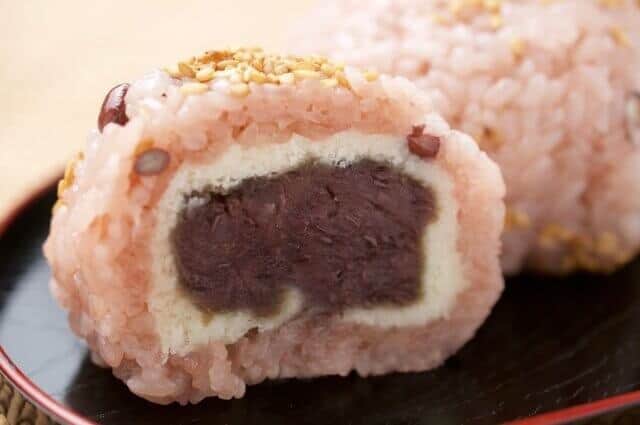
Iga Manjyu first appeared in the northern parts of Saitama Prefecture, areas known for growing grains and wheat as a second crop. This farming background is key to why the dish exists, as seen in old sayings like “manjyu in the morning, udon in the afternoon,” which shows how common wheat flour dishes were. There are a few stories about how it started, all showing how clever and resourceful farming communities were. One story says they made it to make sekihan more filling by adding a manjyu, because sticky rice was expensive. Another popular story says a farmer’s wife tried to save time by steaming manjyu and sekihan together, and they accidentally stuck to each other.
Iga Manjyu’s Role in Local Culture
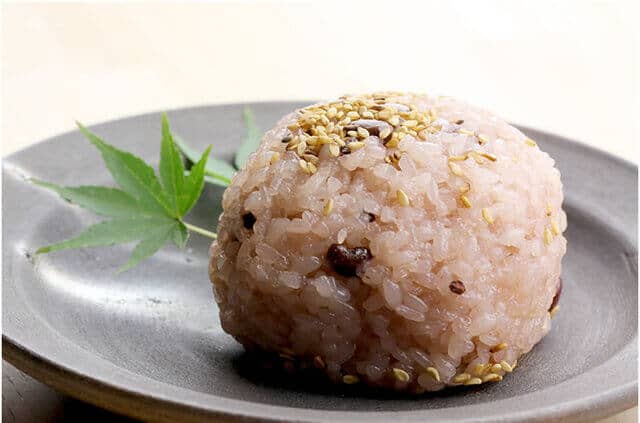
Iga Manjyu is mostly relates to the northern part of Saitama Prefecture, with its beginnings often traced back to what was once Kawasato Town (now part of Konosu City), and it’s also common in cities like Kazo, Hanyu, and Gyoda. While it used to be a homemade item, farmers have made it less often since the 1990s. Because of this, local sweet shops have improved recipes and started selling Iga Manjyu, turning it into a special regional souvenir. This change from a homemade celebration dish to a sweet sold in stores has helped it survive and be available to new generations and visitors.
Takeaway
Iga Manjyu truly shows the cleverness and traditions of local cooking in Japan. Its unique mix of ingredients, its long history tied to farm life, and how it changed from a homemade celebration dish to a cherished local specialty make it a fascinating and tasty part of Saitama’s culture.
If you enjoy the sweet and savory balance and chewy textures of Iga Manjyu, you might also like to try other traditional Japanese sweets such as Daifuku and Ohagi or Botamochi.
Iga Manju (いがまんじゅう) FAQ
- What is Iga Manju?
Iga Manju is a traditional sweet from Saitama Prefecture, consisting of a steamed rice cake (manju) wrapped with colorful sticky rice that looks like chestnut burrs (iga).
- Why is it called “Iga” Manju?
Iga means “chestnut burr” in Japanese. The colorful rice grains covering the bun resemble the spiky outer shell of chestnuts.
- What’s inside the manju?
It’s usually filled with sweet red bean paste, giving a soft and sweet contrast to the chewy rice on the outside.
- When is Iga Manju eaten?
Traditionally, it’s made for celebrations like festivals and weddings, as a symbol of good fortune and happiness.
- What does it taste like?
It has a chewy texture from the glutinous rice, combined with the gentle sweetness of the bean paste inside.
- Where can I try Iga Manju?
You can find it at local confectionery shops and festivals in Saitama, especially in the Chichibu and western areas.
- Can Iga Manju be taken home as a souvenir?
Yes, but since it’s made with sticky rice, it’s best eaten fresh within a day or two.
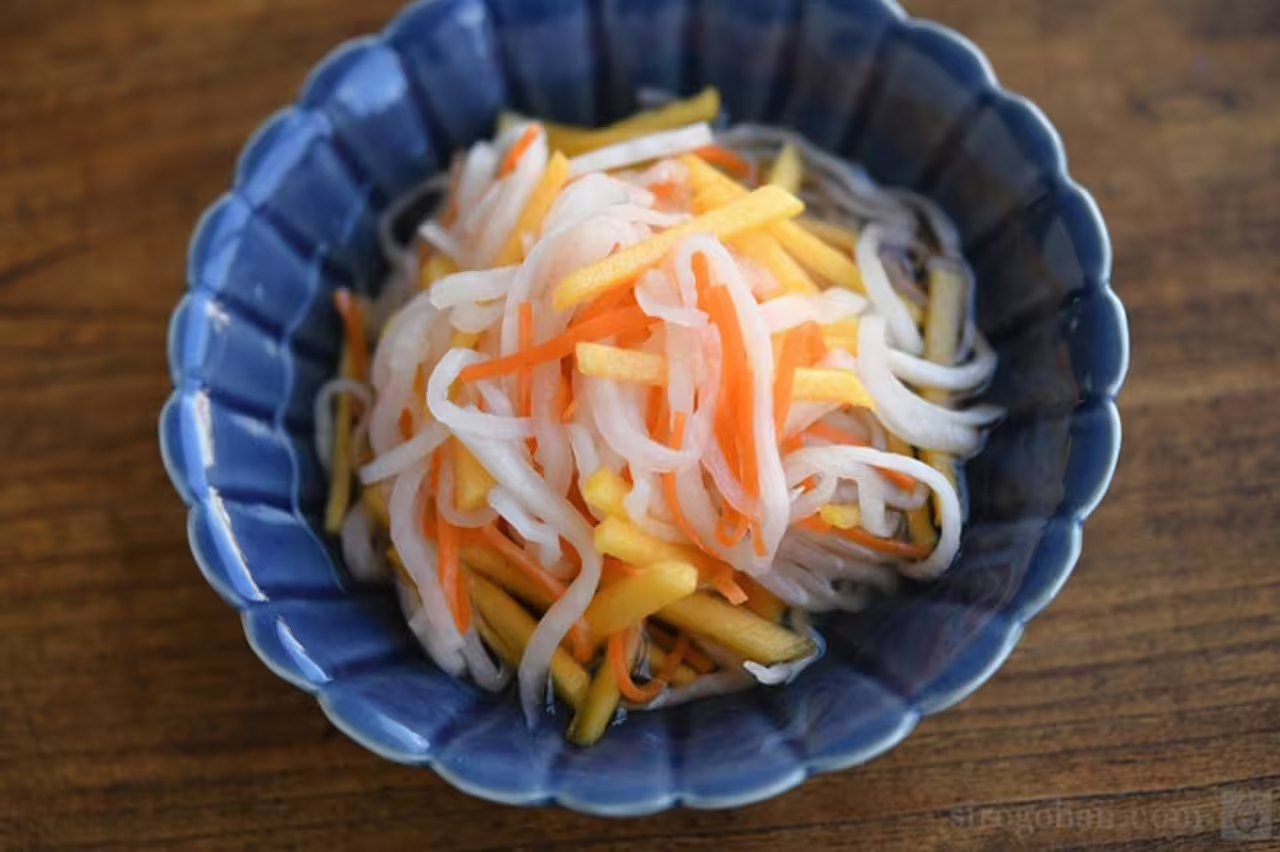
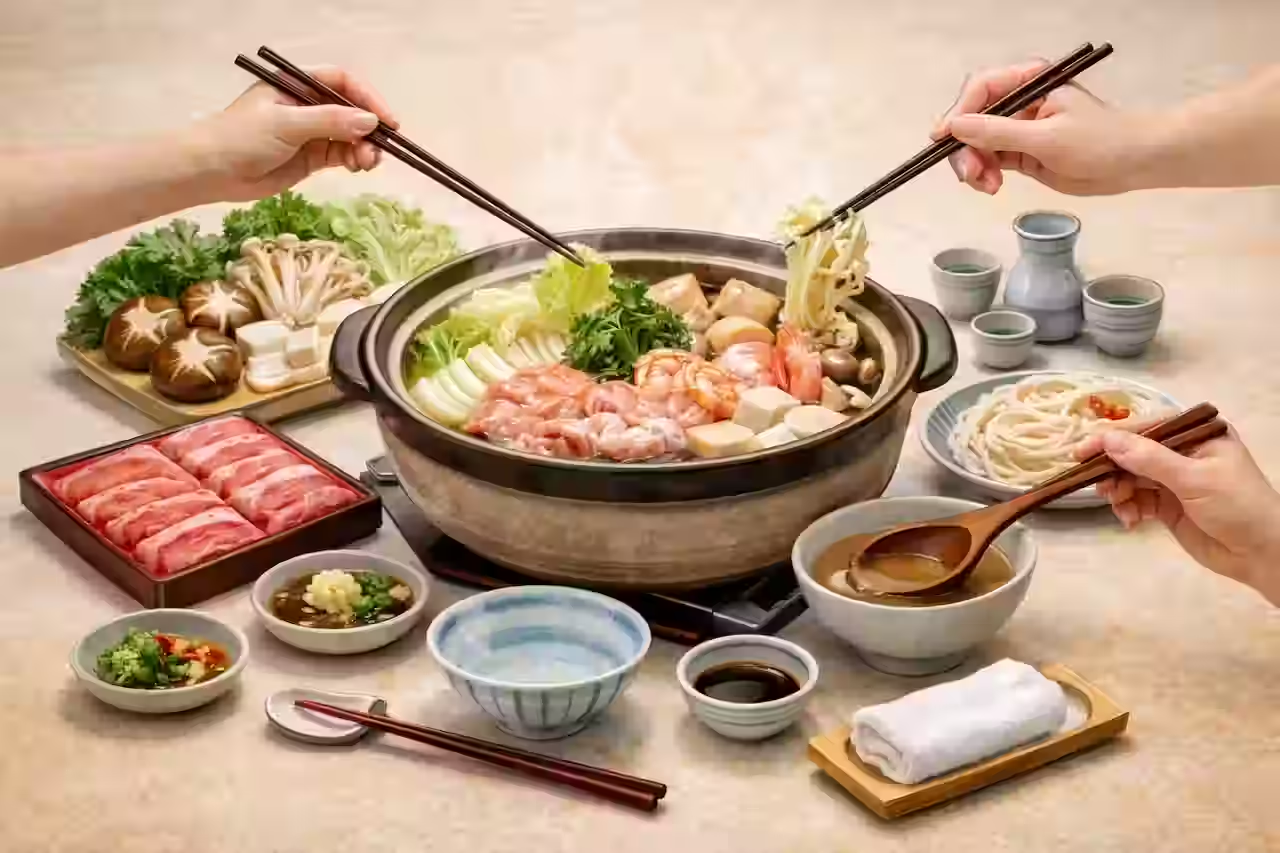

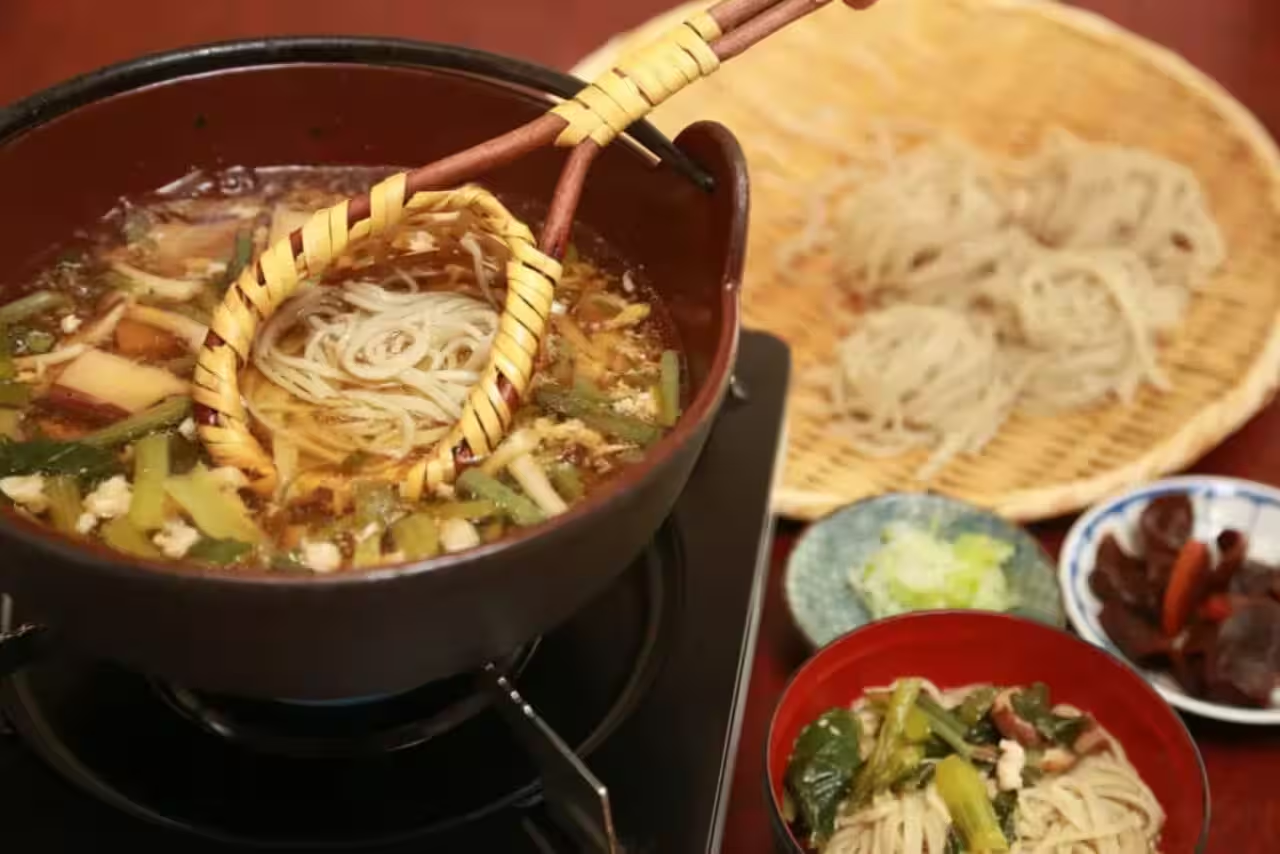
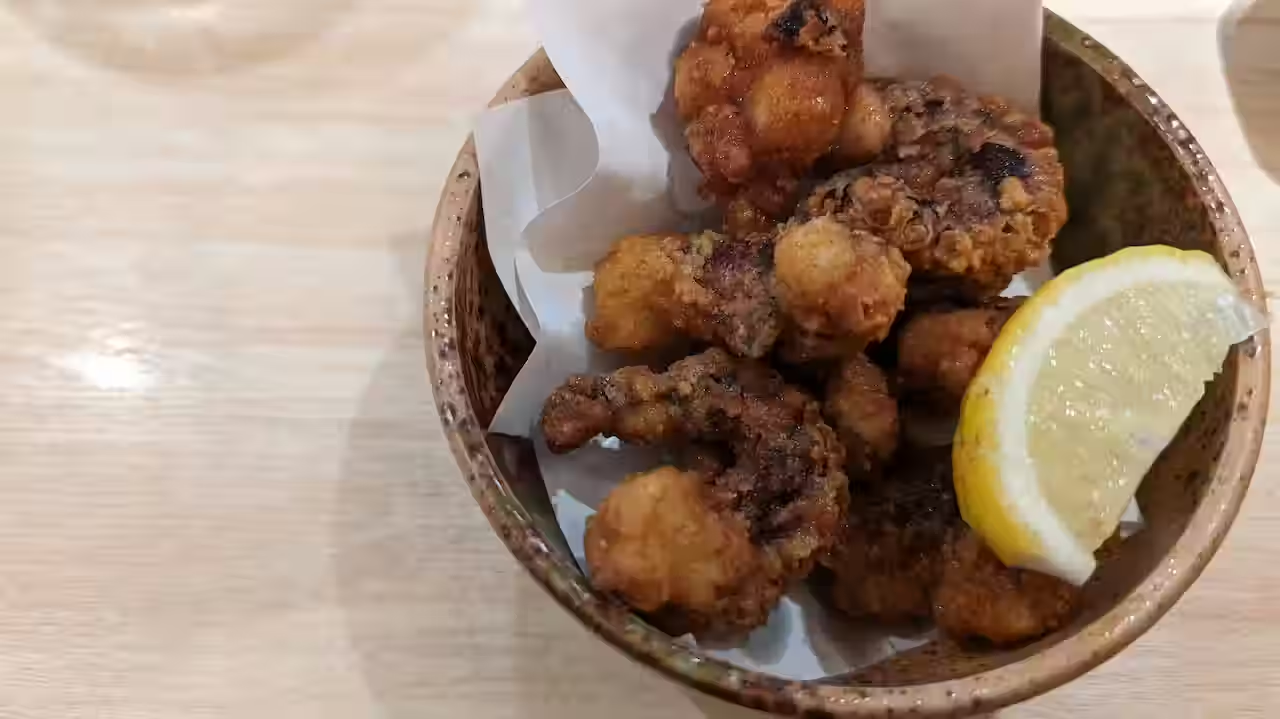

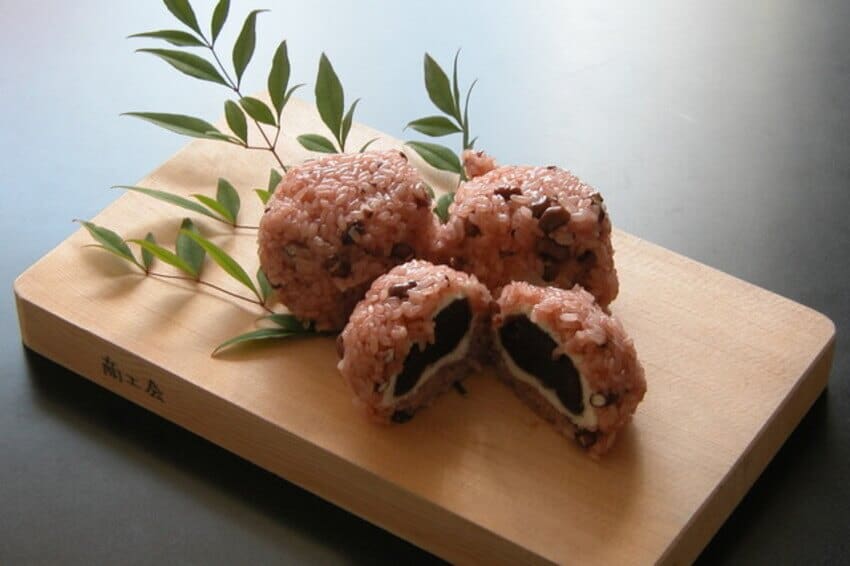

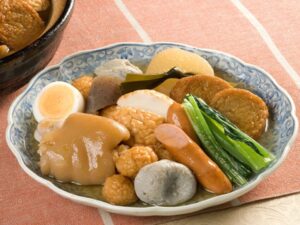
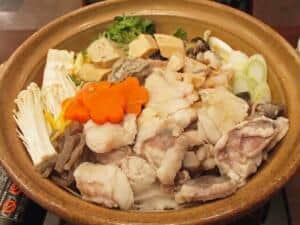
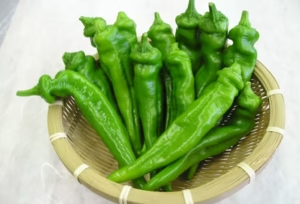

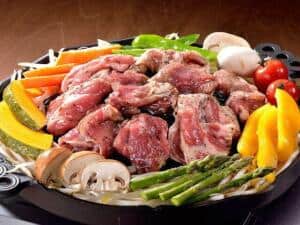
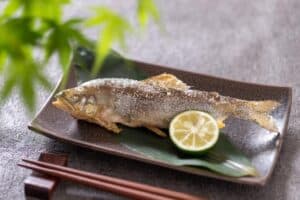
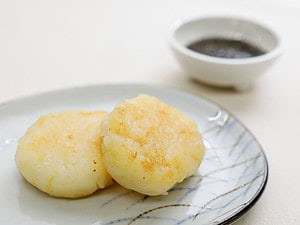
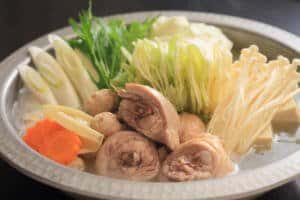
Comments